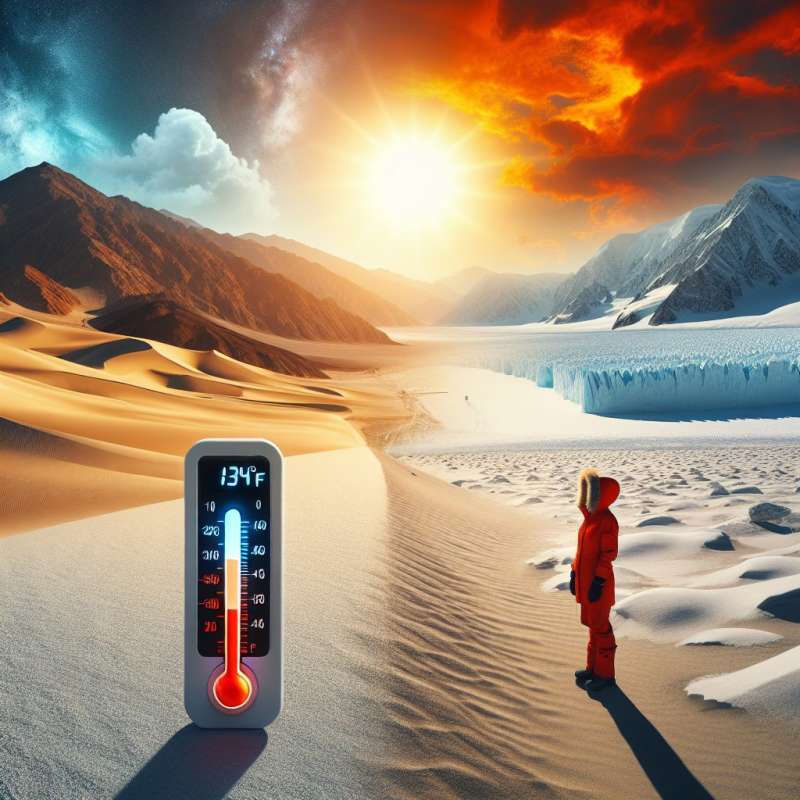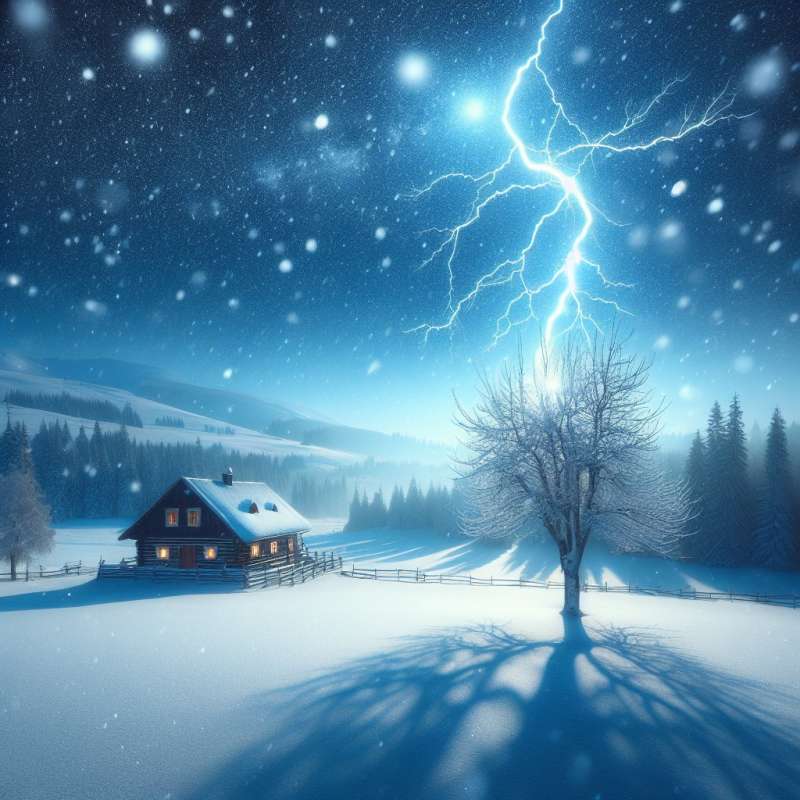
Understanding Weather Basics
Weather refers to the atmospheric conditions at a specific place and time. It includes temperature, humidity, precipitation, wind, and visibility. Weather can change rapidly due to various factors, including geographical location and time of year.
Unusual Weather Patterns
Did you know that the highest temperature ever recorded was 134°F (56.7°C) in Death Valley, California? Also, Antarctica holds the record for the coldest temperature at -128.6°F (-89.2°C). These extremes highlight the diversity of Earth's climate.
Instruments for Weather Measurement
Weather assessment relies on instruments like thermometers, barometers, anemometers, and hygrometers. Satellites and radar systems provide real-time data and imagery, allowing meteorologists to predict and track weather patterns more accurately.
Climate Change Effects
Climate change influences weather patterns, leading to more frequent and severe weather events. For example, rising global temperatures contribute to intense hurricanes, prolonged droughts, and unexpected heavy snowfall in regions not accustomed to such events.
Surprising Weather Phenomena
Have you heard of 'thundersnow'? It's a rare weather phenomenon where a thunderstorm produces snow instead of rain. Also, 'skyquakes' are mysterious booming sounds from the sky, believed to be caused by atmospheric disturbances or seismic activity.Rainbow Fire Tornado
In rare conditions, wildfires can produce fire whirls that combine with rainbows, creating colorful, swirling firestorms.
What instruments predict weather patterns?
Thermometers and microscopes
Anemometers and barometers
Hygrometers and telescopes
Company